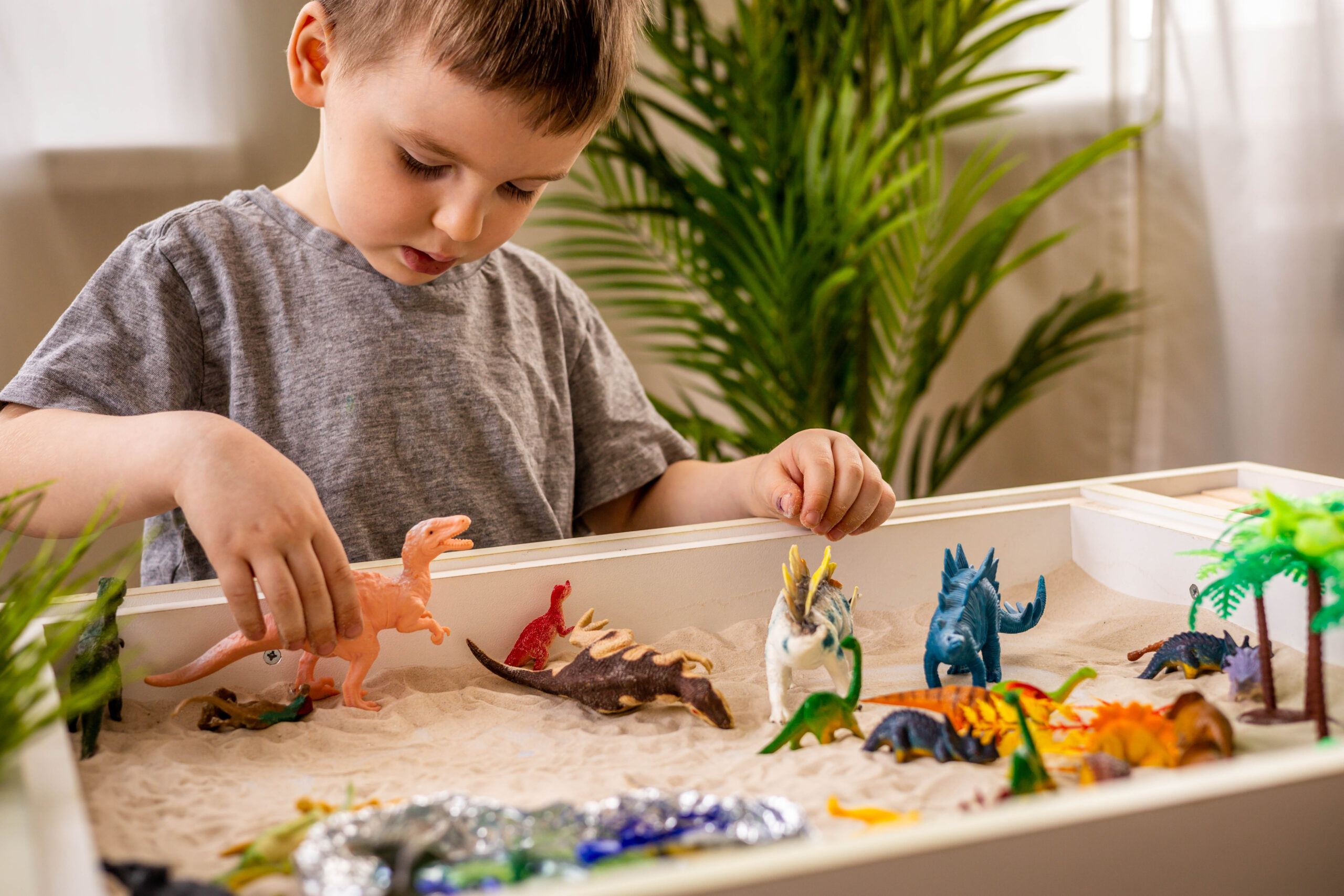Babies, Toddlers, And Even Older Kids Can Benefit From Playing With Sensory Toys, And Here’s A Guide To What Works For Each Age Group

There are countless children’s toys available on the market these days. But how do you know which ones are the best?
Of course, you want to find a toy that will keep your child entertained, but it should also provide an educational experience for them.
Sensory toys embody the best of both worlds. They’re not just loads of fun! They help improve language and motor skills while also boosting children’s cognitive development by strengthening the nerve connections in the brain’s pathways.
In addition, they encourage creativity, problem-solving, and exploration. Sensory toys stimulate the five senses and can even aid in emotional regulation. They often help kids feel calmer during brief periods of stress or change.
Babies, toddlers, and even older kids can benefit from playing with these types of toys. Here is a list of appropriate sensory toy options for each age group.
For babies twelve months old or younger, you’ll want to provide them with toys that specifically target their motor skills. At this stage, babies are reaching for items, grasping at things, and waving them around.
Toys that make noises and are of bright colors are ideal. Rattles, musical instruments, toys that chime, and stacking cups are great examples.
Also, let your baby explore different textures. Cloth books where each page contains various textures allow for further learning opportunities. Your baby will have a new and exciting experience every time they play with the book!
Toddlers around the ages of two and three can engage with more complicated toys. You can put together a sensory bin filled with assorted items and materials for them to dig into.

kostikovanata – stock.adobe.com – illustrative purposes only, not the actual child
Sensory bins can be made with simple household items. Grab a plastic container and add shaving cream, uncooked pasta, feathers, sand, and beads.
A busy board is another fantastic addition to your toddler’s toy collection. Busy boards have a lot of interactive elements to them, such as buttons, switches, colorful lights, and interesting sounds. They help your toddler boost crucial fine motor skills and challenge their hand-eye coordination.
For kids five and up, consider letting them play with slime or clay so they can mold the materials with their fingers and build muscle strength.
Giving them some scented markers and paper is also a simple way to get the creative juices flowing. Don’t forget about classic toys, such as dolls and toy blocks.
These playthings have been around forever, so you might not consider them as sensory toys, but they help children learn and grow all the same.
Finally, try introducing board games to bigger kids. Board games require focus and attention, and they’ll teach kids how to comprehend and follow the rules.
Engaging in play is a very important part of a child’s development. Without play, they wouldn’t be able to learn as effectively.
If true crime defines your free time, this is for you: join Chip Chick’s True Crime Tribe
As Bee Populations Shrink, You Might Need To Give Your Squash Plants A Helping Hand With Pollination
Sign up for Chip Chick’s newsletter and get stories like this delivered to your inbox.
More About:Parenting